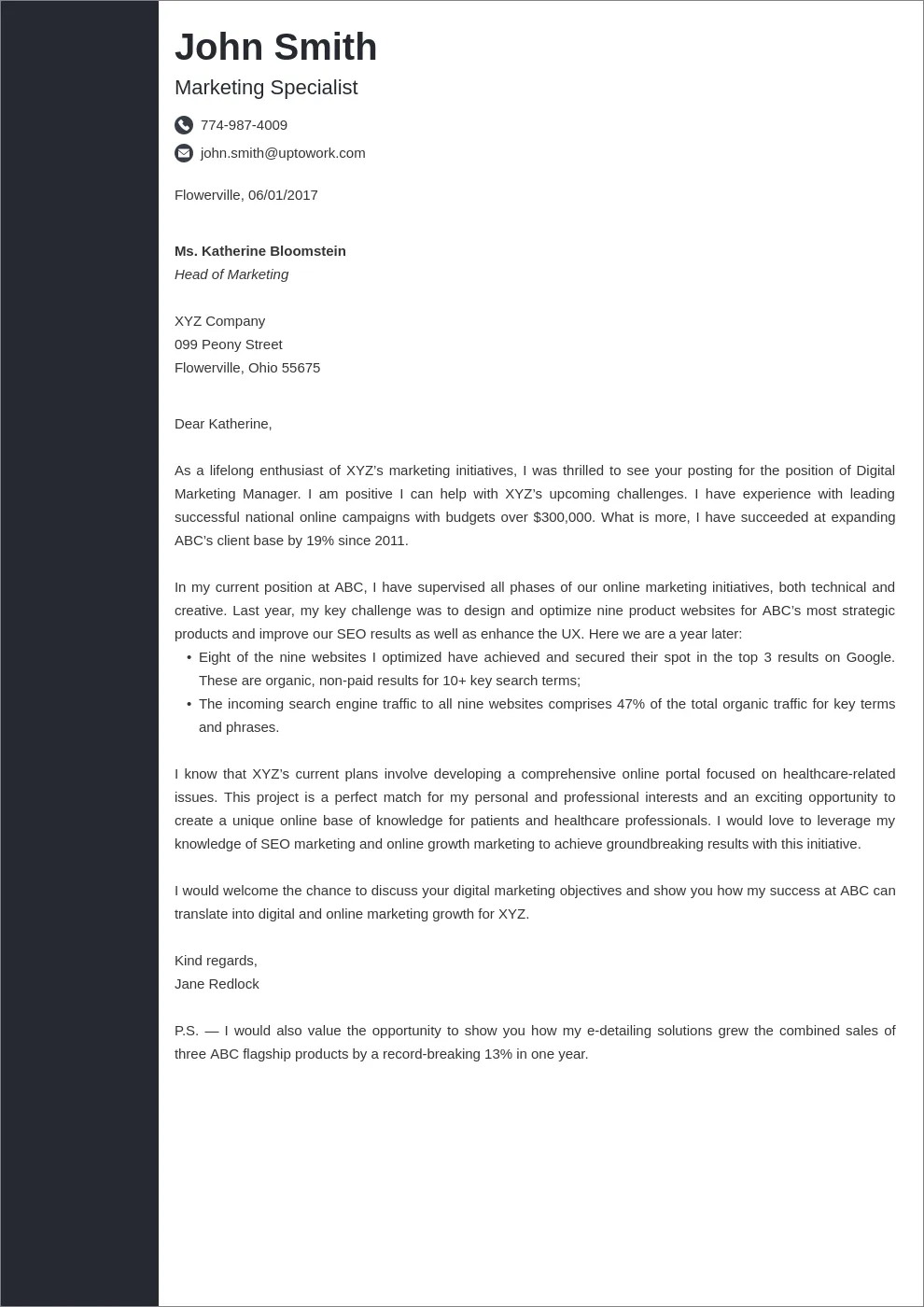Essential Cover Letter Design Tips
A well-designed cover letter is a crucial component of any successful job application. It serves as your first introduction to a potential employer, providing you with the opportunity to make a strong first impression. Unlike your resume, which offers a static overview of your skills and experience, a cover letter allows you to showcase your personality, enthusiasm, and communication abilities. This is your chance to demonstrate why you are the ideal candidate for the specific role, highlighting your relevant skills and explaining why you are a perfect fit for the company. Therefore, a thoughtfully designed cover letter is essential for catching the recruiter’s eye and increasing your chances of landing an interview.
Understanding the Purpose of a Cover Letter
The primary purpose of a cover letter is to complement your resume by providing context and personality. It allows you to connect your skills and experience to the specific requirements of the job and demonstrate your understanding of the company and the role. A cover letter is not merely a repetition of your resume; rather, it’s an opportunity to expand on your qualifications, providing more depth and detail. It should highlight your key achievements, explain your career goals, and illustrate why you are the best candidate. A well-written cover letter can significantly increase your chances of getting noticed and moving forward in the hiring process. It’s a chance to make a persuasive case for why you should be invited for an interview.
The Importance of a Well-Designed Cover Letter
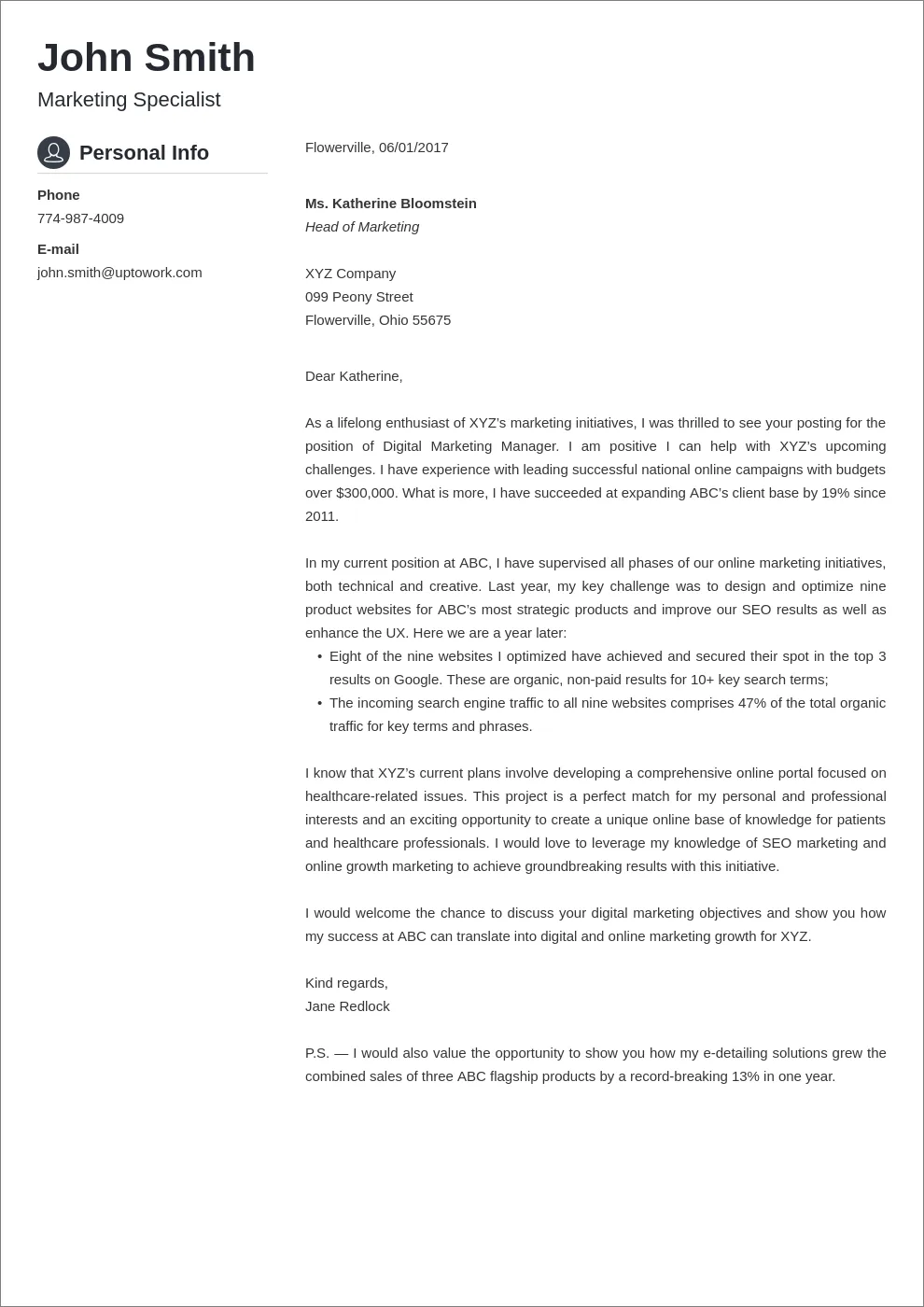
A well-designed cover letter goes beyond just content; its visual appeal is equally important. A visually appealing cover letter is easier to read and more likely to capture the attention of the reader. A cluttered, poorly formatted letter can create a negative first impression, even if the content is strong. Design elements such as font choice, layout, and use of white space significantly impact readability and professionalism. A clean and organized design communicates that you are detail-oriented and take pride in your work. It reflects your professionalism and indicates that you understand the importance of making a positive impact. In a competitive job market, design is a key factor that can set you apart from other applicants.
Top 5 Design Tips for Cover Letter Examples
Tip 1 Choose a Professional Font
The font you choose sets the tone for your cover letter. Opt for professional and readable fonts. Avoid overly stylized or decorative fonts that can be distracting. Simple, clean fonts such as Times New Roman, Arial, Calibri, or Helvetica are generally safe and effective choices. These fonts are widely recognized and easy on the eyes, ensuring your letter is easy to read. Your font choice should reflect your professionalism and attention to detail. Make sure it is consistent throughout the document for a polished look. A professional font demonstrates that you pay attention to detail and understand the importance of presenting yourself in the best possible light, which sets the tone for your entire application.
Font Selection Guidelines
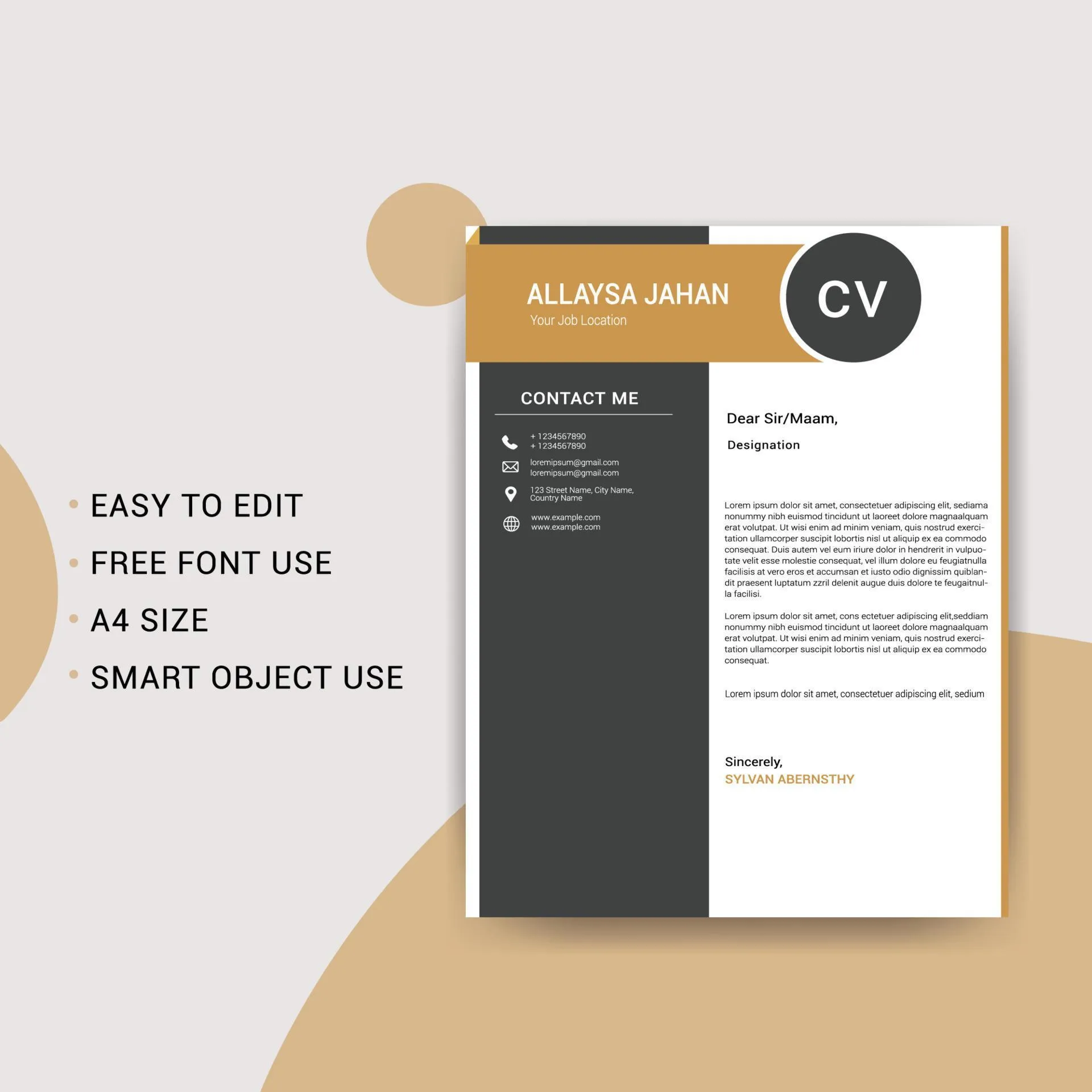
Stick to widely accepted fonts like Times New Roman, Arial, Calibri, or Helvetica. These fonts are universally recognized, making your cover letter accessible across different devices and systems. Avoid fonts that are too small, too large, or overly stylized. Your goal is to create a document that is easy to read and visually appealing. Remember that readability is key. Your chosen font should be easy to read even at a glance. Consider using a slightly larger font size for your headings and subheadings to improve clarity and organization. Choosing the right font demonstrates your understanding of design and your ability to create a document that is both professional and easy to read, significantly increasing the impact of your application.
Font Size and Readability
Generally, use a font size between 10 and 12 points for the body text of your cover letter. For headings and subheadings, you can use a slightly larger font size (e.g., 14-16 points) to improve readability and create a visual hierarchy. Ensure that the font size is consistent throughout the document. Avoid mixing different font sizes, as this can make your cover letter look disorganized. The goal is to make your cover letter easy to read, so experiment with different font sizes to find what works best. Consider printing your cover letter to check how it appears on paper. Remember that readability is important; the recruiter should be able to scan your letter easily.
Tip 2 Optimize Your Layout and Structure
The layout of your cover letter is critical. A well-structured layout makes your letter easy to read and helps the recruiter quickly find the information they are looking for. Use clear headings and subheadings to organize your content logically. Keep your paragraphs concise, using bullet points or numbered lists where appropriate to break up long blocks of text. The layout should guide the reader through your key selling points, such as skills, experience, and achievements. Make sure the layout is visually appealing and well-balanced. Avoid making the cover letter too dense by providing ample white space to ensure it is easy to read, improving the chances that your letter will be read and remembered.
Margins, Spacing, and Alignment
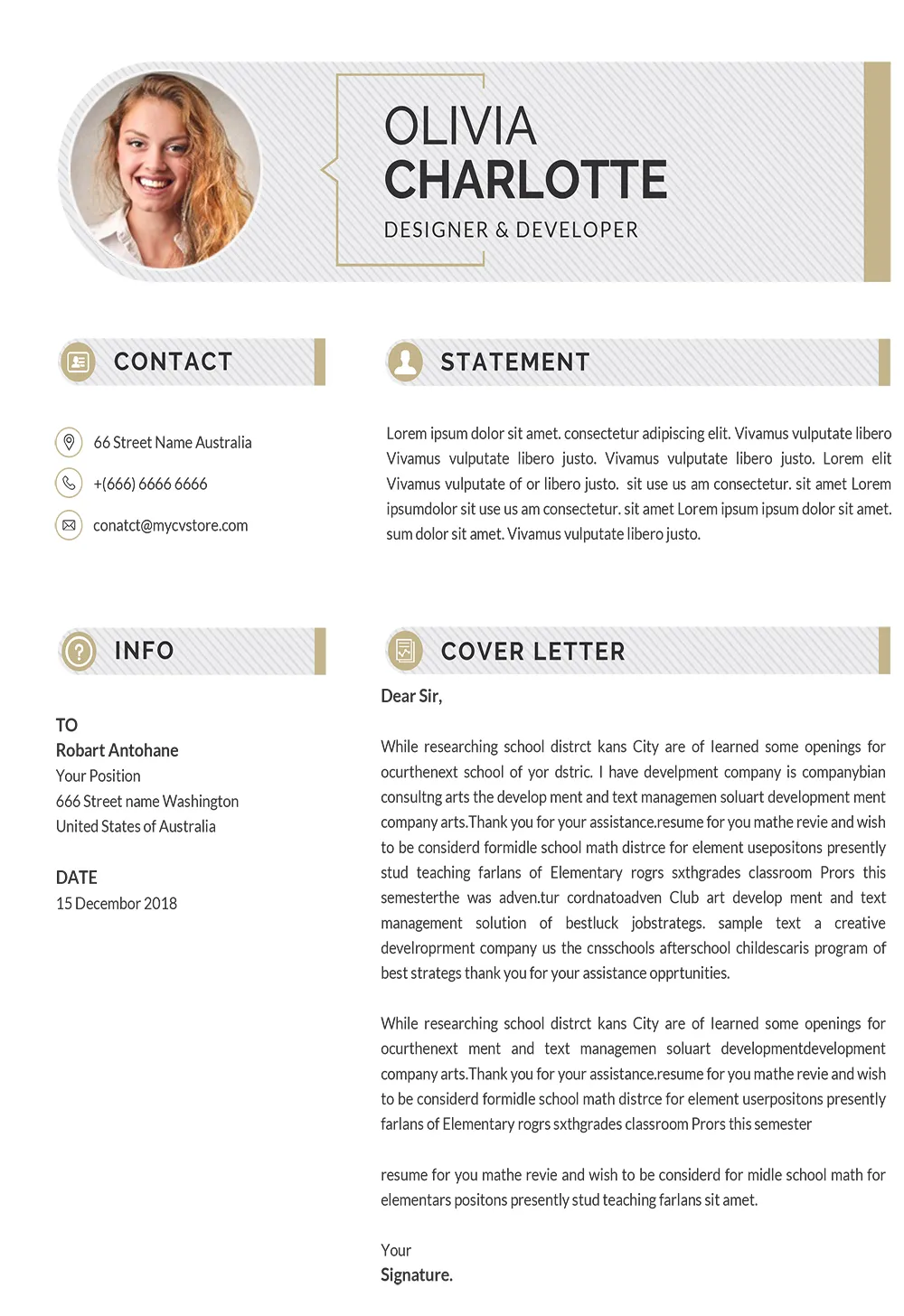
Use standard margins (1 inch on all sides) to provide ample white space and prevent the text from looking cramped. Single-space the body text, with a double space between paragraphs to improve readability. Align your text consistently, either left-aligned or justified, but avoid centering the text, as this can make the document difficult to read. A well-structured layout using appropriate margins and spacing, guides the reader’s eye and helps the recruiter quickly identify the key points. A neat and well-formatted letter indicates your attention to detail and respect for the reader’s time, making your cover letter more appealing and professional.
Effective Use of White Space
White space (the blank areas on your page) is an essential design element that contributes to readability and visual appeal. Use white space generously to prevent your cover letter from appearing cluttered or overwhelming. Ample white space around headings, between paragraphs, and in the margins makes your letter easier to scan. Avoid squeezing too much text onto a single page. Ensure there’s enough space for each element to breathe. White space helps the reader focus on the content. A cover letter with effective white space will seem less intimidating and more appealing to read, increasing the chances of your application being thoroughly reviewed. The balance of text and whitespace gives your letter a professional look.
Tip 3 Use Visual Hierarchy and Formatting
Visual hierarchy helps readers understand the most important information at a glance. Use headings, subheadings, and bullet points to organize your content and highlight key points. Bold key phrases or achievements to draw the reader’s attention. Employ different font sizes or styles to distinguish between different levels of information. For instance, use a larger font size for your name and contact information. The goal is to lead the reader’s eye through the letter, emphasizing the most relevant details. Visual hierarchy guides the reader’s attention, making it easier for them to understand your qualifications. This makes it quicker for recruiters to find the essential information, increasing your chances of getting noticed. Using clear visual cues makes your cover letter easier to scan and more impactful.
Highlighting Key Information
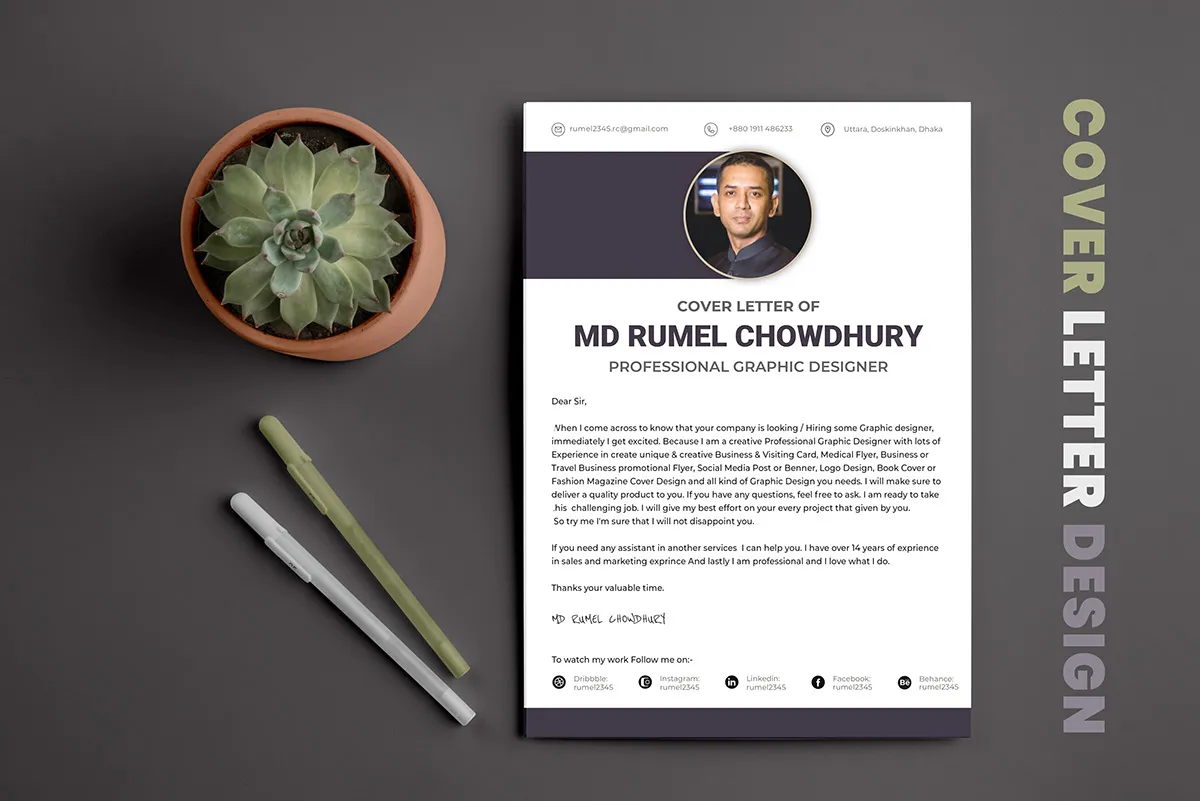
To make your cover letter more impactful, use bolding, underlining, or italics to emphasize key skills, achievements, and keywords. This will draw the reader’s eye to the most important parts of your letter, making it easy for them to quickly grasp your qualifications. Use bullet points to list your accomplishments or skills in a clear and concise manner. This will break up large blocks of text and make the information more accessible. Highlight information related to the job requirements to show that you meet their needs. Use visual cues strategically to make your cover letter stand out and to ensure that recruiters notice the most critical aspects of your application, thus increasing the likelihood of getting an interview.
Formatting for Scannability
Many recruiters scan cover letters quickly, so formatting for scannability is crucial. Make it easy for recruiters to find the information they need quickly by using headings, subheadings, and bullet points. Keep paragraphs short and focused, and ensure that each paragraph has a clear point. Use a clear and consistent structure throughout the letter to make it easy to follow. Avoid long blocks of text. The goal is to create a cover letter that is easy to read at a glance. Remember that the recruiter may not read every word. Formatting it for scannability ensures that the essential information will still be noticed. This maximizes the impact of your letter, increasing your odds of making a strong impression.
Tip 4 Craft a Compelling Opening and Closing
The opening of your cover letter is your first chance to grab the reader’s attention. Make it count. Start with a strong statement that captures the reader’s attention. The opening should clearly state the position you are applying for and your key qualifications. Highlight your passion and enthusiasm for the role and the company. In the closing, reiterate your interest in the position and thank the reader for their time. End with a clear call to action, such as requesting an interview or providing your contact information. A compelling opening and closing frame your letter and leave a lasting impression, increasing the impact of your application and boosting your chances of being considered.
The Power of a Strong Opening
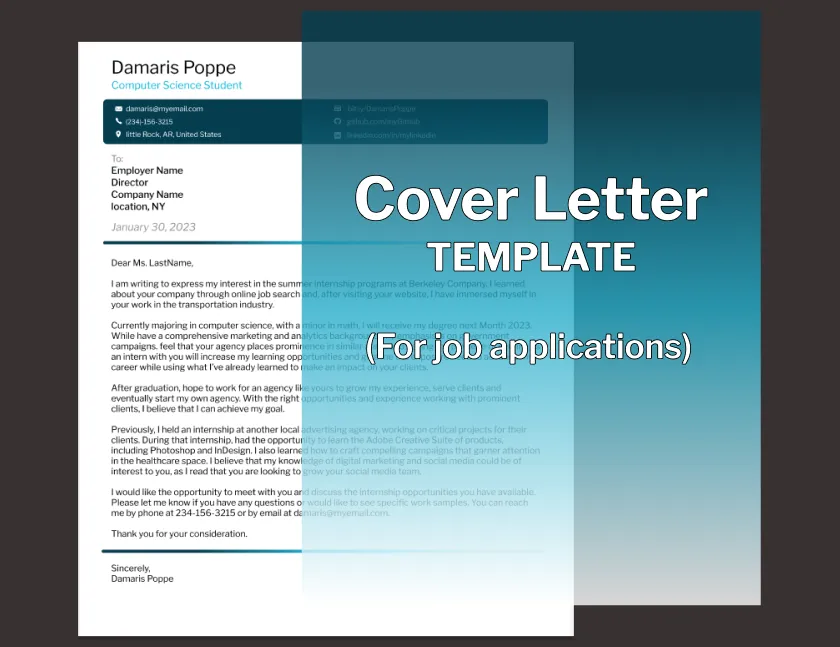
A strong opening is essential to capturing the reader’s interest from the start. Avoid generic phrases like, “I am writing to express my interest.” Instead, start with a hook. Briefly mention an achievement or skill that is directly relevant to the job. Show your understanding of the company or the role, and explain why you are excited about the opportunity. The opening should clearly state the position and quickly highlight why you are the ideal candidate. A well-crafted opening sets the tone and encourages the reader to continue reading. It creates a positive first impression, piquing the reader’s interest and making them more likely to give your cover letter a thorough read.
Ending with a Call to Action
The closing of your cover letter is your final opportunity to reiterate your interest and leave a lasting impression. Reiterate your enthusiasm for the position and thank the reader for their time and consideration. Include a clear call to action, such as stating that you are available for an interview or providing your contact information for follow-up. End with a professional closing, such as “Sincerely” or “Best regards.” The closing should be confident and leave the reader with a clear understanding of what you want them to do next. A strong closing reinforces your interest and makes it easy for the recruiter to take the next step, increasing your chances of being considered for the job.
Tip 5 Tailor Your Design to the Job
Customize your cover letter to each job application. Research the company’s brand identity and tailor the design of your cover letter to match it. If the company has a specific style or uses a certain color scheme, consider incorporating these elements into your design. When designing your cover letter, consider the industry and the specific role you are applying for. A cover letter for a creative role may be more flexible in design than a letter for a more conservative profession. Tailoring your design shows that you have put thought and effort into your application. It communicates your attention to detail and understanding of the company’s values. When you customize your design, you create a stronger connection with the hiring manager and increase your chances of getting noticed.
Researching Company Branding
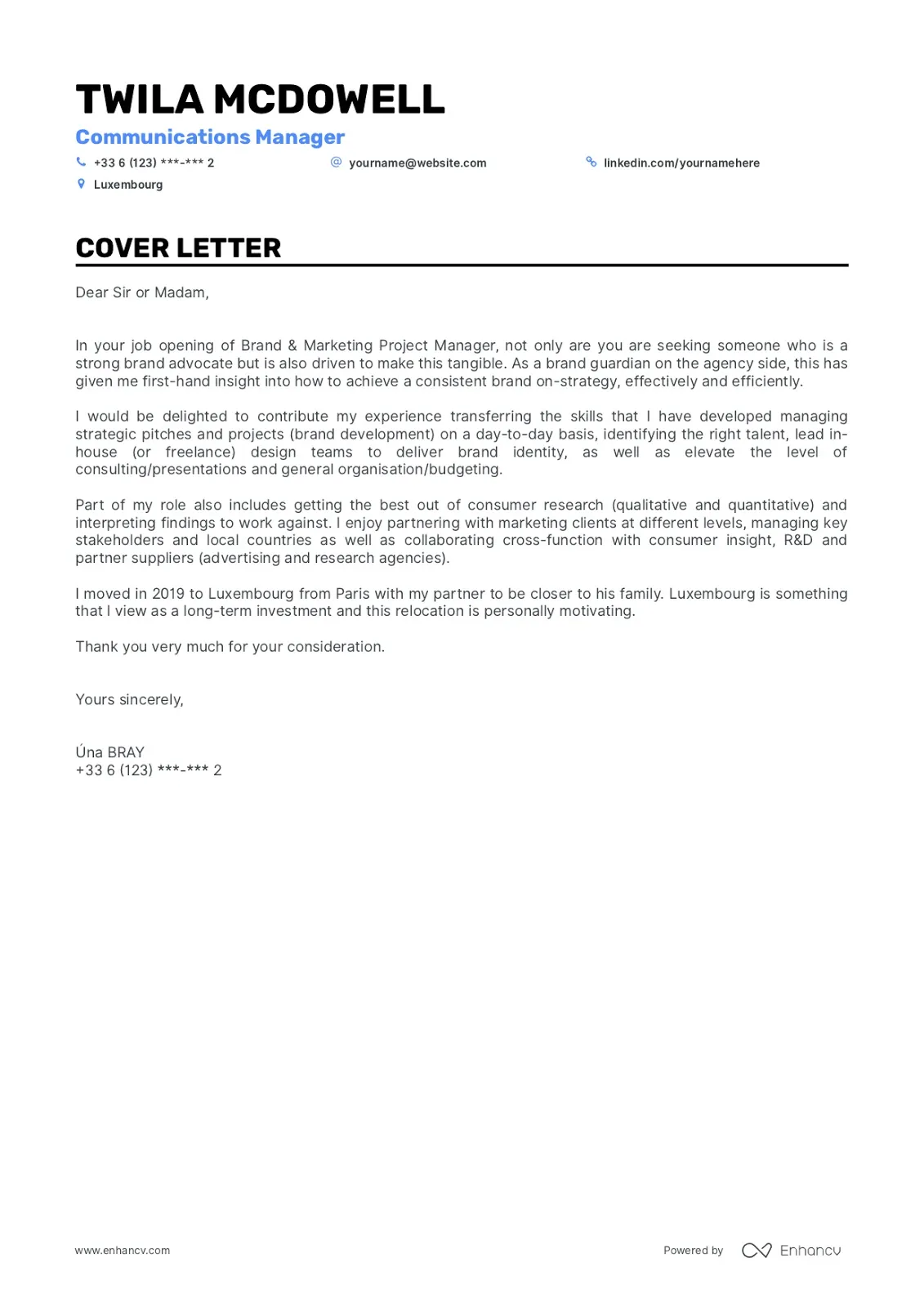
Before designing your cover letter, research the company’s branding and style. Visit their website, social media accounts, and any other materials they have produced. Identify their color palette, font choices, and overall aesthetic. Consider how you can incorporate these elements into your cover letter design. While you don’t need to copy their style exactly, using similar design elements can show that you understand their brand and that you would fit into their culture. Tailoring your design to match their branding shows that you are diligent. Also, this shows a high level of interest in the company, increasing your chances of making a positive impression.
Adapting to Different Application Methods
Different application methods require different design approaches. If you are applying online, make sure your cover letter is easily readable on a screen. Choose a simple layout and a professional font, such as Arial or Calibri, that will render well online. For print applications, you have more flexibility in design. Ensure your printed cover letter looks professional and well-formatted. If you are submitting your cover letter via email, save it as a PDF to preserve the formatting. No matter the method, ensure that your cover letter is easy to read and reflects your professionalism. Adapt your design to suit the application method to ensure that your letter is received in the format and manner intended.
Tools and Resources for Cover Letter Design
Online Templates and Generators
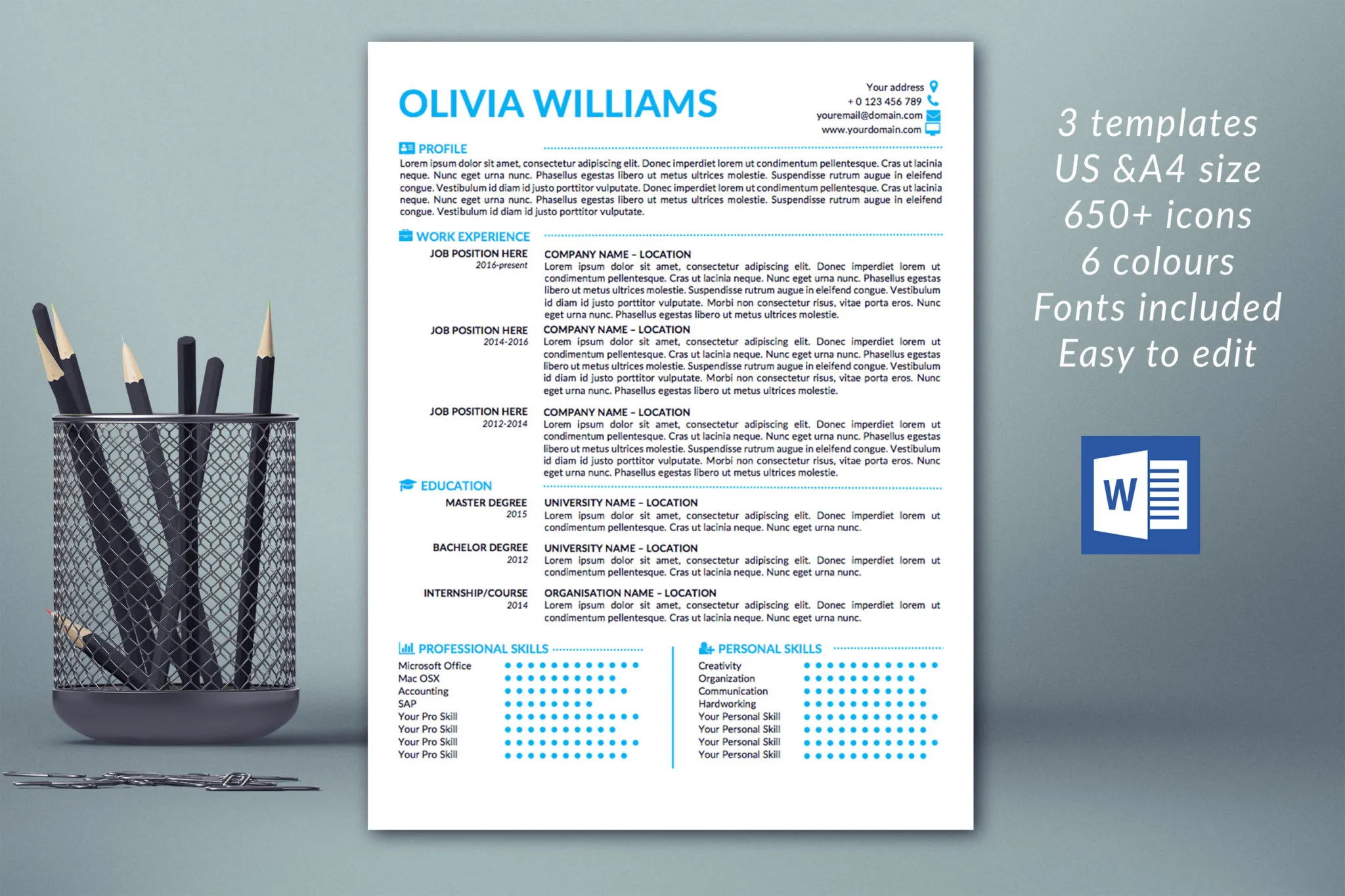
Numerous online resources offer cover letter templates and generators. These tools can simplify the design process and provide a starting point for creating a professional cover letter. Canva and Microsoft Word provide many cover letter templates that are customizable and easy to use. They also offer design suggestions. Cover letter generators typically allow you to input your information and generate a cover letter in a few simple steps. While these tools are beneficial, ensure that you tailor the template to match your unique qualifications and the specific job requirements. Also, customize it so that it reflects your personality. Using these tools can save you time. However, customizing ensures that your cover letter stands out.
Design Software and Resources
If you have some design skills, you can use design software like Adobe InDesign or Illustrator to create a customized cover letter. These tools give you greater control over the design and layout. If you are not familiar with design software, consider using online resources such as free stock photos and graphics. Also, research design principles. Consider learning about typography, color theory, and layout to improve your design skills. There are many online courses and tutorials available that can help you. Investing in design software or learning some basic design principles will enable you to create a cover letter that is visually stunning and professional, giving you a competitive edge.
Final Thoughts
Designing a cover letter that grabs attention is essential for making a positive first impression. By focusing on font choice, layout, visual hierarchy, a compelling opening and closing, and tailoring the design to the job, you can create a cover letter that stands out from the competition. Remember that a well-designed cover letter shows your attention to detail, professionalism, and understanding of the company’s needs. Use the tips and resources mentioned above to create a cover letter that will significantly increase your chances of securing an interview and landing your dream job. A cover letter is a vital component. So, invest time in designing it well.
